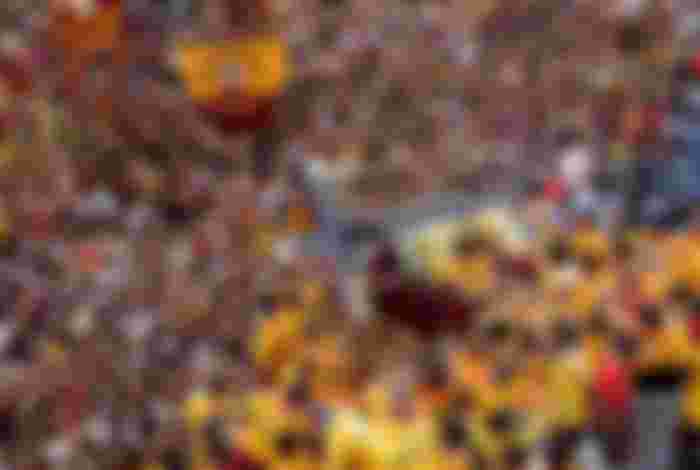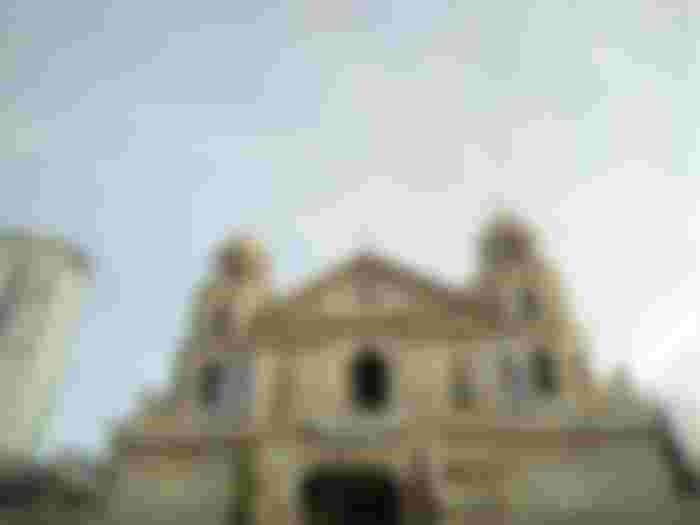
For this year's Traslacion and the safety of the devotees, the annual solemn transfer has been canceled since the country is still prone to the coronavirus, and health officials are keeping an eye on the new variant. An annual tradition after the holidays where devoted Catholics gather at Quirino Grandstand in the early morning, jostling at each other barefooted either climb to touch, or wipe the image with their towels, or kiss the image, or help with the carriage to make it to its destination, and be blessed by the image of the Black Nazarene.
Why do Filipinos gather in this yearly tradition & practice?
The Philippines is the only Christian country in South-East Asia, unlike our neighbors, Buddhism, Islam, and Zoroastrianism are the dominant religions of Asia. Originally, the Philippine Islands is a Muslim country. When the Spaniards came with the help of Ferdinand Magellan, they spread Christianism to the entire nation, except for the Island of Mindanao which they don't want to convert to Christianity.
This tradition dates back to January 9, 1787, when the Augustinians donated a copy of the image to the Church of the Camisa (now Quiapo Church / Minor Basilica of the Black Nazarene). This donation, later on, was celebrated every 9th of January utilizing a procession (or we call it Traslación). The image was made of dark wood by an anonymous Mexican sculptor, then it was transported by a galleon from Acapulco, Mexico to Manila, Philippines on May 31, 1606.
All devoted Catholics across the whole Island of Luzon gather at Quirino Grandstand, Manila, and set-up camp at Rizal Park. To get a glimpse of the image, they would fall in line either kiss, touch, or wipe the image using their handkerchiefs or face towels. The procession starts early in the morning, as the image will roam around key landmarks in the City of Manila, then it will reach Quiapo Church at night.
It is believed that the image of the Black Nazarene is miraculous to bring healing and answer prayers. The majority of the devotees are barefooted, and why they don't wear any footwear throughout the day?

It is part of their sacrifice to carry the image from a thousand kilometers under the heat of the sun, just like Jesus when he's about to be crucified. He has to carry the cross barefoot while he suffers the pain of being thrown at the crowd, and the endless whipping of the Roman soldiers. The sufferings of Jesus are the same as our struggles in real-life. I may be a Catholic, but it is not my practice to worship an image, and also I don't want to participate in this yearly tradition since people gather shoulder to shoulder and there are reported incidents. This tradition will live on, it will not end, and it will be passed over to the new generation.
What will happen for this year's Traslacion?

Although people are now getting outside, the local government and health officials advised not to attend the festivities, instead, devotees are also encouraged to watch the live stream at the comfort of their homes. It will be possible that other devotees will try to enter the premises and contract the virus from other people. The major roads surrounding Quiapo will be closed and it will only limit up to 300 people.
No procession, and no long lines to get in touch, wipe or kiss the image since the country is still prone to the coronavirus, including the new variant that is spreading out in some parts of the world. It will be held tomorrow in Quiapo Church at 4:00 am. Neighboring parishes San Sebastian Church & Santa Cruz Parish will also observe the celebration, and encouraging people to attend the mass from their community instead of going to Quiapo Church.
Sources:
Lead Image from https://rmn.ph/mga-altar-ilalagay-sa-ruta-ng-traslacion/itim-na-nazareno-2/
https://www.catholicsandcultures.org/philippines/feast-black-nazarene



Thank you for providing us these informations. Have a blast! Mabuhay ang mga Pilipino at ang mga paniniwala natin.